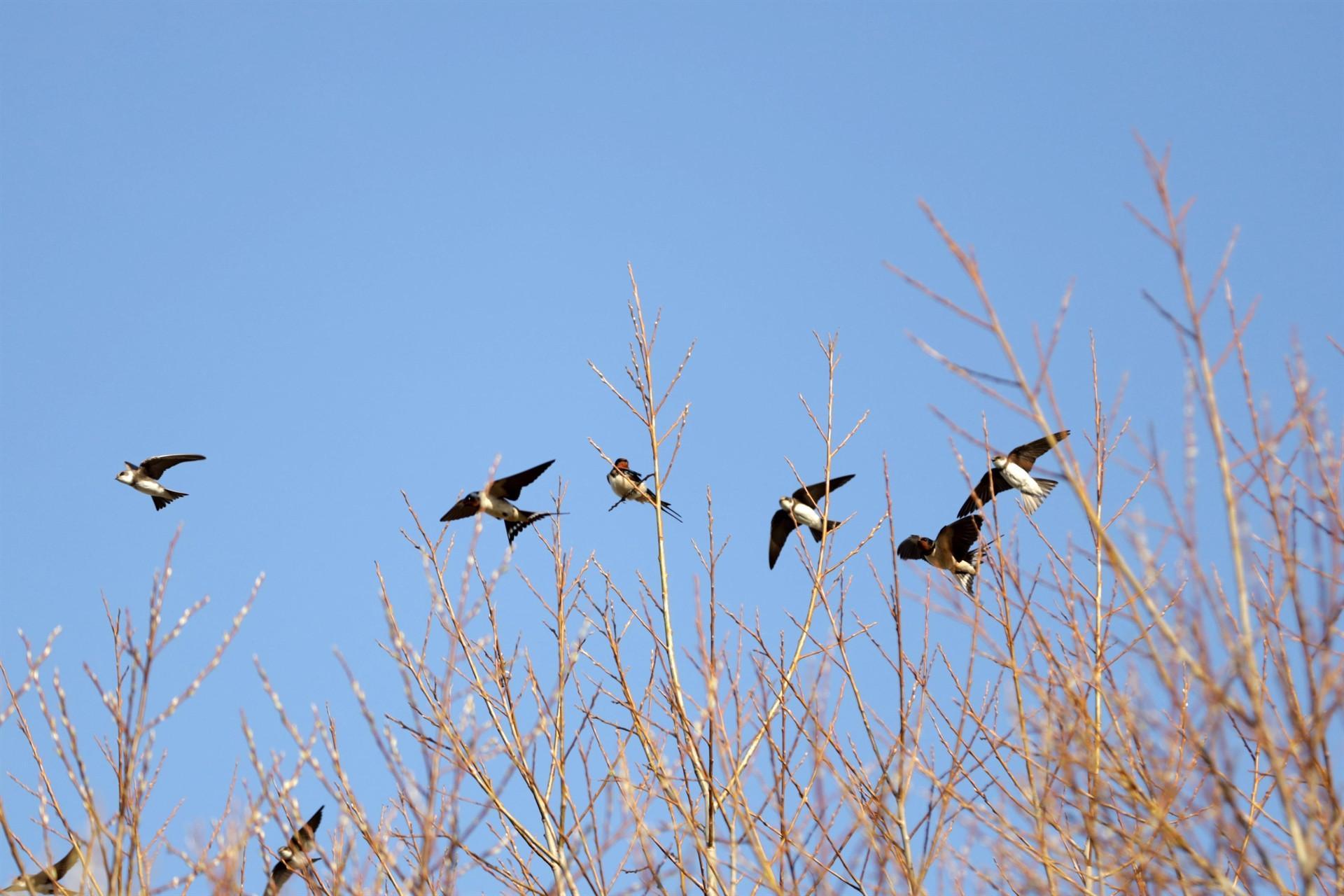
Home to 264 bird species, the Yeniçağa Bird Sanctuary in the northwestern province of Bolu’s Yeniçağa district hosts many photographers and bird watchers every year during migration season.
Perched on an area of 2,780 decares, which is under the protection of the General Directorate of Nature Conservation and National Parks, Yeniçağa Lake is visited by thousands of birds of 264 species such as cranes, common rosefinch, honey buzzard, ruddy shelduck, fish eagle and flamingo every year during migration seasons.
Birds that visit the lake during migration seasons lay eggs and incubate there. Among these birds, the crane, imperial eagle, white-tailed eagle and corncrake are the leading bird species that accommodate and incubate in the lake.
The lake, which is home to more than half of the 465 bird species living in Turkey, was a draw for bird watchers during the COVID-19 pandemic.
Bird enthusiasts and photographers who come to this bird paradise, located two-and-a-half hours from Istanbul and two hours from Ankara, spend hours there to photograph and observe the birds around the lake.
Speaking to state-run Anadolu Agency, bird watcher and photographer Ergin Arar said that he works in Bolu and does bird watching in his spare times. Stating that he has been interested in birds since his childhood, Arar said, “The singing and species of birds have always aroused interest. With photography, I started researching them.”
Pointing out that Yeniçağa Lake is a bird sanctuary that ranks second in size after Manyas in the northwestern province of Balıkesir, Arar said, “Home to cranes, which are widely mentioned in Anatolian culture, Yeniçağa Lake hosts a large number of birds, as well as common rosefinch, sedge warbler and tangle picker birds. These birds lay eggs here and they somehow continue their lives after raising their babies.”
Stating that there are over 460 bird species currently living in Turkey, Arar said, “Bolu is home to nearly 250 of them. Since I started photography, I have photographed 150 of them. Photos of all of them are in my archive. I am planning a study to book these birds with the support of official institutions.”
Arar noted that the birds can be watched from the bird-watching towers, adding, “People’s travel culture has been improving in recent years. If they want to include small hobbies in this travel culture and want to take photos and see the birds, they can come here. They can look at the nature of this place.”